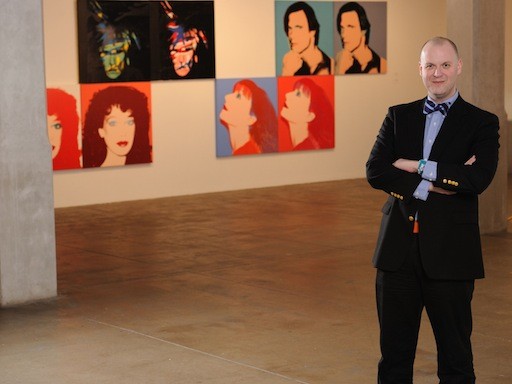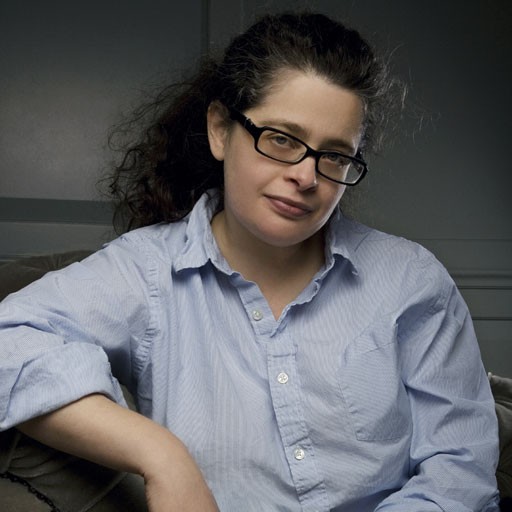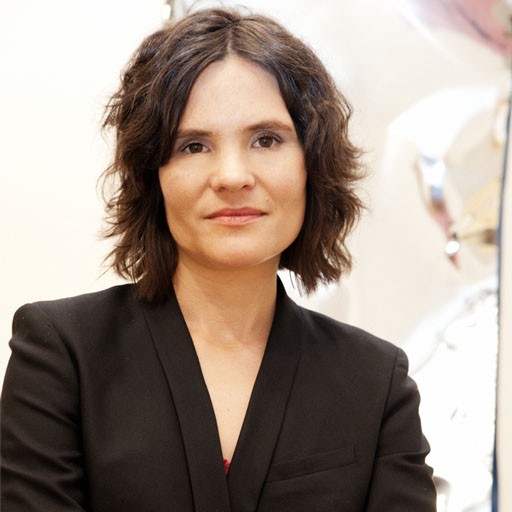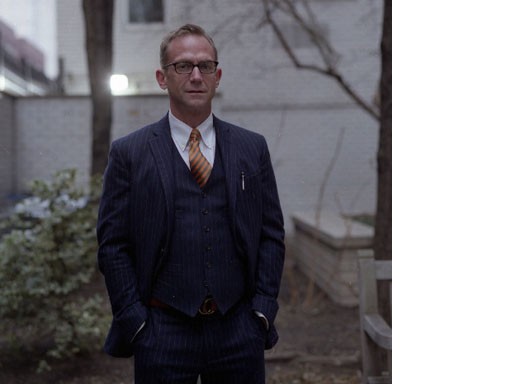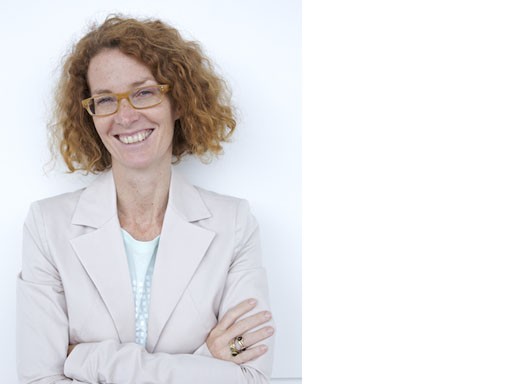As the head of the Andy Warhol Museum in Pittsburgh, Eric Shiner may be better qualified than any other museum director to assess the unique mixture of art, commerce, and celebrity that is Art Basel Miami Beach—after all, that nexus happened to be Warhol's core subject matter. Shiner will also be paying even closer attention than usual to this year's edition, since he was recently tapped to curate the Focus section of New York's Armory Show next March—a prominent venue that he has chosen to devote to the most cutting-edge artistic practice emerging from the United States. To find out how a museum director navigates Art Basel Miami Beach, we spoke to Shiner about his art-fair strategy, and what fairs can do that museum exhibitions can't.
At right see a selection of Warhol-related works, curated by Artspace.
As a museum director, what do you look for at an art fair?
Obviously, new artists, voices, and modes of production comes first, but I also keep my eye out for new friends, patrons, and, of course, eccentrics!
How do you navigate an art fair? Where do you go first? Who do you talk to?
I take the organic route and allow myself to wander through the fair with no predetermined course in mind. I always stop to talk to friends, gallerists, artists, and collectors along the way.
In what ways do art fairs allow you to make discoveries that you can't make in museum or gallery exhibitions?
The pure quantity and breadth of the artwork and artists represented is truly global and eclectic, so one is able to see a slice of the art world at that particular moment in time—something that a museum show simply can't provide at that scale.
What are some of the most significant discoveries you've made at fairs?
I've stumbled across many artists that I was previously unaware of, and ultimately put them into exhibitions. Saya Woolfalk and Enrique Metinides are two artists that I first encountered at fairs in Miami and New York City respectively.
How do dealers treat museum representatives differently from collectors at a fair?
Well, the focus is on sales, so those with deep pockets tend to get all of the attention at first, but I've found that most gallerists want to talk when they have the chance.
Have you ever been involved in making an acquisition at a fair? If so, what and when?
I have advised collectors on certain Warhol acquisitions, including L&M's booth of Warhol drawings that was at Art Basel Miami Beach last year.
What kind of information are you most skeptical of at a fair? (I.e., reports of sales in the press, etc.)
I'm a skeptical person by nature, so I take it all with a grain of salt.
How are you planning to tackle the array of fairs in Miami this week? In other words, how will you structure your time down there?
I'll just go with the flow, take in as much as I can, and try to have a bit of fun while I'm at it!
What kind of gear do you bring to an art fair? (E.g., a notebook, camera, bottle of water.)
Wow. I go in completely unprepared. But come to think of it, it is rather like a safari. Maybe I should bring my pith helmet!
What is your opinion of art fairs, generally speaking?
They are great opportunities for the art world to come together, conduct business, make new discoveries, and stay connected.
What is the worst art-fair faux pas?
Accidentally going into the boat show in Hall A and thinking that it's the next big thing. Just kidding.
Finally, what do you think Warhol would make of Art Basel Miami Beach?
He would just want to watch.
Q&AA Museum Director's Guide to Art Basel Miami Beach, With the Warhol Museum's Eric Shiner
